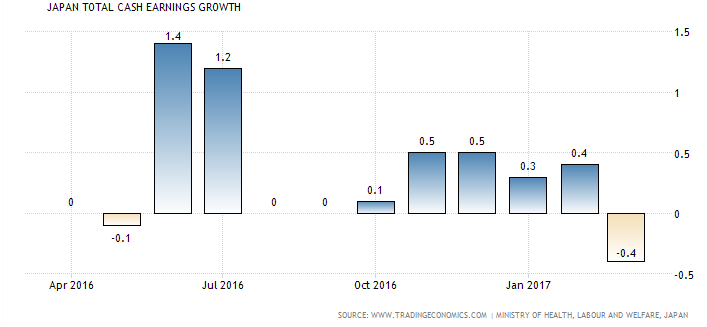There has much debate around the benefits of the four-day working week for both employees and employers. Research which was co-ordinated by a not-for-profit organisation, 4 Day Week Global, with employers in Ireland, the United States, Australia and New Zealand taking part. The UK had the biggest single-country trial in 2022 (Covid-19) which involved 73 companies and 3,300 employees. The Statista graphic below shows the results of the study which mainly focuses on productivity.

Why do economies put significant emphasis on boosting productivity?
- Higher wages – with greater output per unit of input firms can offset the effect of wage increase on profits.
- Lower prices – with productivity increasing businesses can pass on lower prices to consumers, although whether this actually happens is another story.
- Higher profits – with productivity going up businesses can increase in their profits which means more money can be reinvested into the firm
- Higher potential growth – higher productivity is the main driver of living standards and shifting the production possibility curve (PPC) outwards.
Other data from the research
- Declining levels of stress, burnout and general fatigue
- Better physical and mental health and work-life balance
- Although some still worked on their day off, most felt more productive
- Greater levels of exercise and sleep
- Male workers spent more time looking after their children – up by 27%.
- One less day at work meant less commuting time and therefore less environmental impact
Juliet Schor, an economist and sociologist at Boston College and lead researcher at 4 Day Week Global argues that a shorter working week is key to achieving the carbon emissions reductions the world needs. Click here to listen to her interview on the IMF podcast series ‘Women in Economics” Juliet Schor on the Benefits of the 4-day week.
“Although climate benefits are the most challenging thing to measure, we have a lot of research showing that over time, as countries reduce hours of work, their carbon emissions fall. A 10% reduction in hours is associated to an 8.6% fall in carbon footprint” according to a study co-authored by Schor in 2012
Source: Four-day work week trial in Spain leads to healthier workers, less pollution. WEF. Oct 25, 2023
For more on the Labour Market view the key notes (accompanied by fully coloured diagrams/models) on elearneconomics that will assist students to understand concepts and terms for external examinations, assignments or topic tests.














 * Working age population – 15-64 years in Japan – fallen by 3.8m since December 2012 = decrease in supply of labour = upward pressure on wages
* Working age population – 15-64 years in Japan – fallen by 3.8m since December 2012 = decrease in supply of labour = upward pressure on wages

 It is nothing new to consider how machines can perform the tasks done by the layout force. Experts believe that it is not blue collar or white collar jobs that are at risk but those jobs that are routine or non routine. Manual labour tasks have been constantly under pressure from technology but now more jobs that have cognitive tasks are now feeling the pinch.
It is nothing new to consider how machines can perform the tasks done by the layout force. Experts believe that it is not blue collar or white collar jobs that are at risk but those jobs that are routine or non routine. Manual labour tasks have been constantly under pressure from technology but now more jobs that have cognitive tasks are now feeling the pinch.



